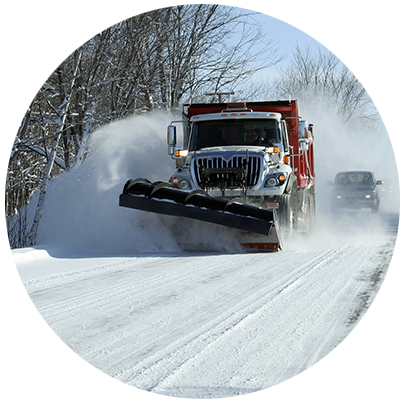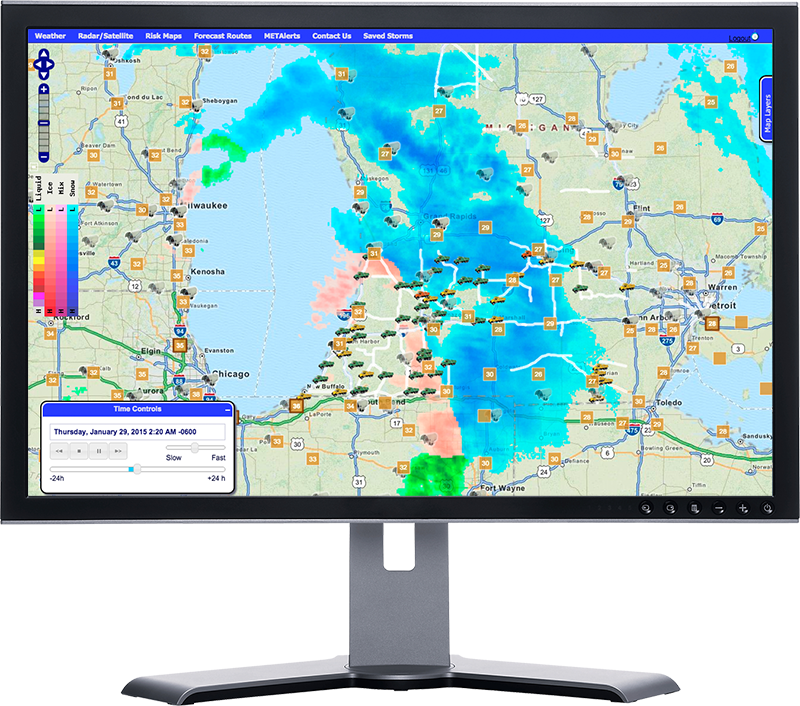
ClearPath Weather® Capabilities:
In-house experts and state-of-the-art scientific and computing technologies are used to diagnose and predict weather conditions at very fine spatial and temporal scales. This includes:
- Ensemble modeling of weather conditions, leveraging a host of computer models
- Real-time performance monitoring to continuously modify forecasts as new information becomes available
- Multi-sensor analyses of current and past weather conditions, utilizing weather stations, radar, satellite, and other remote sensing and weather modeling services
- State-of-the-art International Weather Forecasting Center and Central Processing Center in Grand Forks North Dakota
- Experienced, degreed meteorologists equipped with tools to tailor the firm's digital forecast databases ensure delivery of high fidelity weather information 24/7/365
- In-house staff of data scientists
ClearPath Weather® Features:
- Largest variety of high-quality weather data to include: precipitation, hail, frost, wind speed, wind direction, temperature, lightning, and more
- Capabilities down to 1k x 1k grid resolution
- Surface weather in addition to atmospheric weather
- Configurable, location-based weather alerting service
- Broad suite of high-resolution maps
- Hourly and daily historical weather data
- "Nowcast" of near precipitation amounts and hail risk


HiCAPS™ Pavement Model Features:
HiCAPS™ stands for Highway Condition Analysis and Prediction System (HiCAPS™). This was developed by DTN and is the industries only model to take into account BOTH Energy and Mass.
This means that when moisture (as snow, rain, frost, dew) is deposited onto the road it also transfers energy to or from the road, and that evaporation and/or sublimation of moisture from the road requires the road to have an adequate amount of energy available to support those processes.
- Accounts for previous and ongoing maintenance actions (reported manually or via AVL/MDC Technologies)
- Differentiates between concrete and asphalt surfaces
- Integration of micro-climate process associated with the roadway environment
- Blowing snow impacts
- Traffic
- RWIS data adjustments
